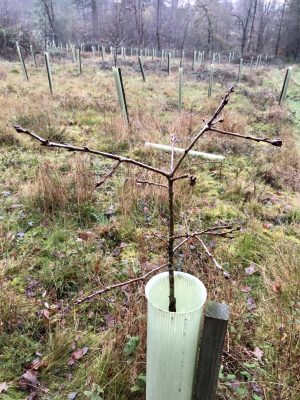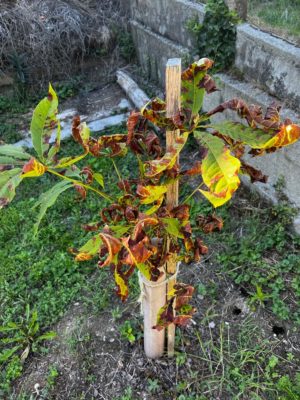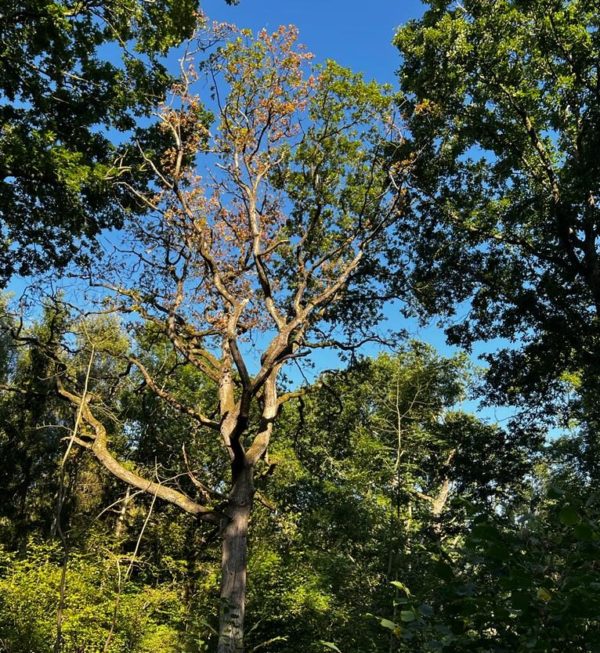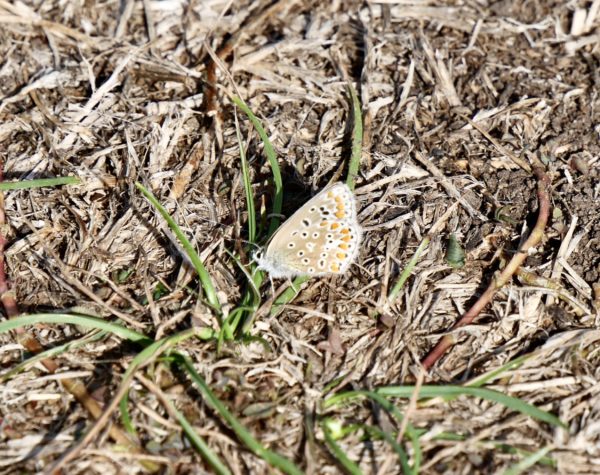What to do about saplings in dry weather or in a drought.

If you have planted new trees and there's been a spell of extremely dry weather, as happened in the summer of 2022, you might be very worried for their survival, but there are several things you can do to increase their chances. This isn't just a problem for the first season because saplings can be at risk for the first three years after planting; it's also not a binary, live or die thing for your planting - usually some trees will survive and some will perish but the challenge is to maximise the percentage that make it through a drought. Let's first consider how dry conditions affect trees. The saplings' first response is often to increase root development to take up more water. Your young plants will also seek to reduce water loss so the leaves will wilt or can even be shed even though it's only July or August, and this can lead to the saplings not having the ability to photosynthesise adequately. So you need to do what you can to avoid water loss and, if practical, to apply water.
 So, to increase the chance of your saplings surviving you can, if practical, actually spread water around them but that may have to be done fairly regularly during the period of drought. Ideally irrigation should happen overnight when evaporation is lower and that will also limit pest problems and "leaf burn" that may be associated with irrigation in full sun.
So, to increase the chance of your saplings surviving you can, if practical, actually spread water around them but that may have to be done fairly regularly during the period of drought. Ideally irrigation should happen overnight when evaporation is lower and that will also limit pest problems and "leaf burn" that may be associated with irrigation in full sun.
An additional strategy is to weed the young trees thoroughly to reduce the competition for water. This can be combined with firming up the soil around the base of your saplings to avoid the soil drying out through fissures. To reduce evaporation and stop the weeds returning you can use a mulch around the base of your young trees - ideally a mulch mat or by spreading some woodchips or bark.
A few weeks after the drought has passed but while the leaves are still on the saplings you can assess your losses and order new trees to replace those that have succumbed to the dry weather. This process is described by foresters as "beating up" but when it comes to the actual planting this needs to be done carefully - only replace trees that you are sure have died rather than those which just lost their leaves early.

For urban trees you can be prepared for a period of dry weather by installing watering tubes or bags which reduce surface run-off and make sure that the water reaches the tree roots.
It is unclear how many millions of trees have been lost to the 2022 drought but it certainly includes many mature trees as well as many newly-planted saplings and hedgerow shrubs. It seems that droughts like this are part of a process of climate change and more such events are probable - so our woodlands will be under increasing stress over the next few years. For those who are establishing new woodlands a sensible approach would be to plant only a proportion of the area each year and to select a wide variety of tree species. It also suggests that for new woodlands you should, where possible, include the adopting of areas of natural regeneration - where trees have come up of their own accord - these self-set trees are likely to be very resistant / resilient to periods of extremely dry weather.

Drought - green shoots of recovery?
Comments are closed for this post.

Interesting article. I live in Anglesey and we certainly experienced drought conditions this summer (2022). Two years ago I planted 100 trees in what is best described as a bog. It was a gamble. I had doubts that tree roots would be happy with permanently wet feet but it paid off this summer. All the trees have survived without additional watering and it does seem they will reach healthy maturity in due course (barring severe droughts!)
David Walley
10 September, 2022